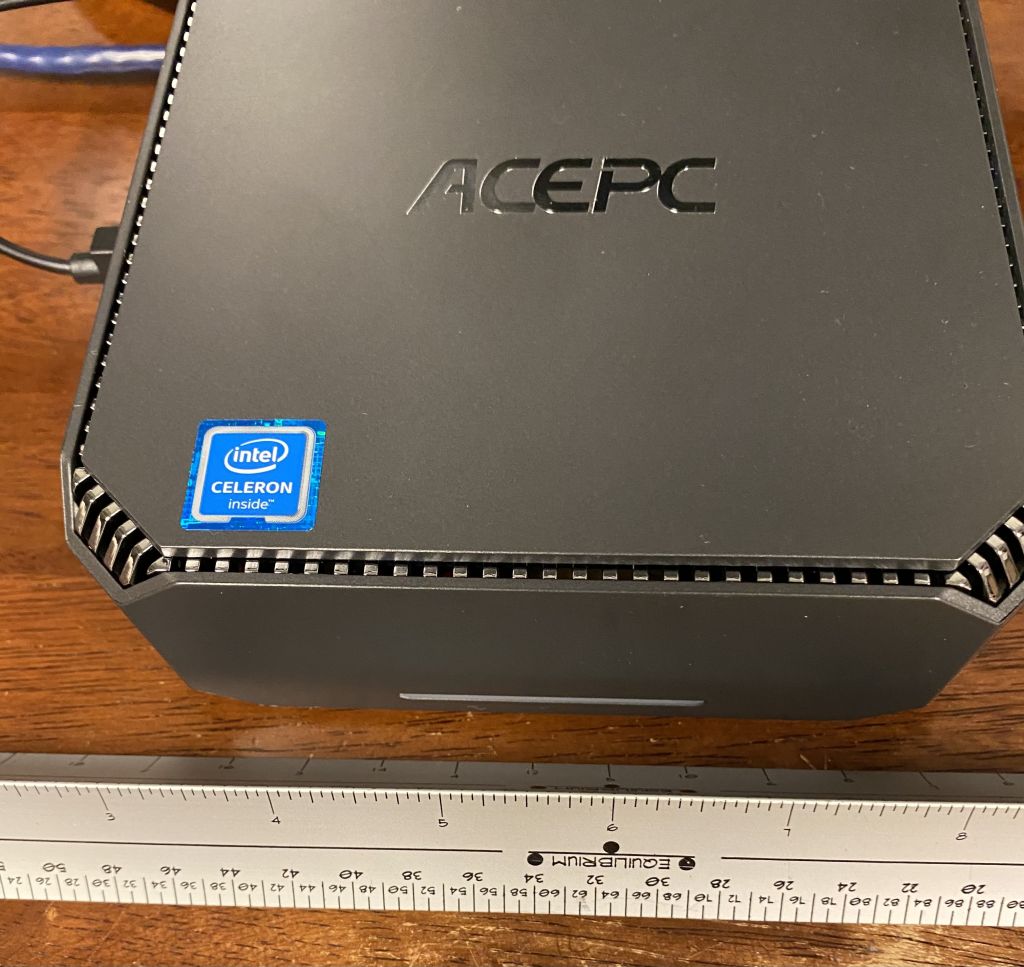There are two good reasons to use a dedicated miniPC for your RMS Packet station. The first is that the sysop user agreement you sign states that you will do you best to make sure the software runs on dedicated PC with power backup. The second is that traditional desktop computers are real power hogs (even laptops to a lesser extent).
I purchased a ACEPC AK2 miniPC for under $200. That box has 120 GB of SSD, 8 GB of RAM, and Windows 10 Pro installed. It has four USB ports, WiFi & Hardwired, and BLU4.2, running a quad core Celeron CPU (1.5 GHz/2.3 GHz). It also has room to grow as another internal SSD can be added.
As it turned out, setting the darned thing up took well over a day. Not the fault of the ACEPC, but due to Windows 10 updates which hung. As it turns out lots of different platform users complained of identical issues, which were due to a defect in Microsoft’s update procedures. The fix was to go to Microsoft’s website (https://www.microsoft.com/en-us/software-download/windows10) and run the update from there. That process took almost 9 hours to complete, but once done, the ACEPC AK2 was running the latest OS version (May 2021).
The next issue was to convince myself that the miniPC was power efficient, and indeed it is! When sitting on the desktop idling, it pulls from 6 to 8 watts. The maximum I’ve seen it pull when running an active Winlink session is 12 watts. My only complaint is that the power-wart that comes with the unit (12.0 VDC out) has a pretty poor power factor, 0.52. A few pennies more put into the design would have a power factor of 0.98. Even so, compare 6 watts idling to a 30 watt laptop, or 120 watt desktop (a modern efficient one – older gaming PCs pull 400+ watts). Expect a power bill less than $10 per year to keep the gateway running.
The miniPC supports auto boot on power up (A BIOS setting), and of course Windows can be configured to startup the RMS Packet software.









